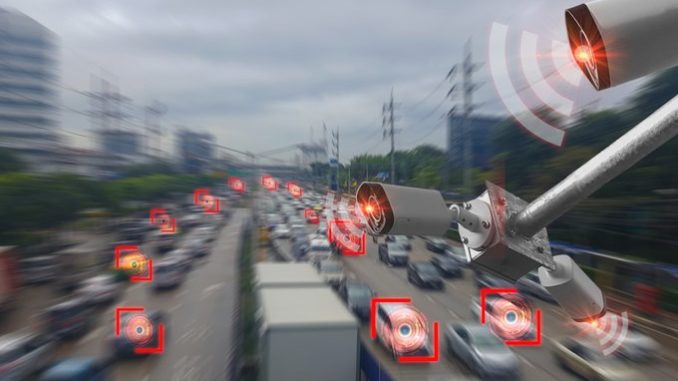
Forget self-driving cars—some low-cost artificial intelligence tools can improve traffic safety now
Although autonomous vehicles frequently steal the media spotlight, Tanya Mohn argues that there are more practical, immediate ways to use artificial intelligence to improve traffic safety. As Mohn writes, “Artificial intelligence is already being used to enhance driving safety: cellphone apps that monitor behavior behind the wheel and reward safe drivers with perks and connected vehicles that communicate with each other and with road infrastructure.”
According to David Ward, president of the Global New Car Assessment Program, there are several “beneficial, low-cost, intermediate technologies that are available now. A prime example is intelligent speed assistance, or I.S.A., which uses A.I. to manage a car’s speed via in-vehicle cameras and maps,” a technology that will soon be mandatory in the European Union.
Other technologies include cameras that can assess distracted driving behavior, allowing law enforcement to see whether a driver is holding a phone below the dashboard, for example. Some transportation and city officials see A.I. as a tool that can further Vision Zero goals. Data gathered and analyzed using A.I. tools can help transportation planners understand traffic patterns and anticipate trends. And while some see speed cameras as a discriminatory revenue grab, others believe automated traffic enforcement can reduce potentially violent interactions with law enforcement and save lives by reducing crashes.
